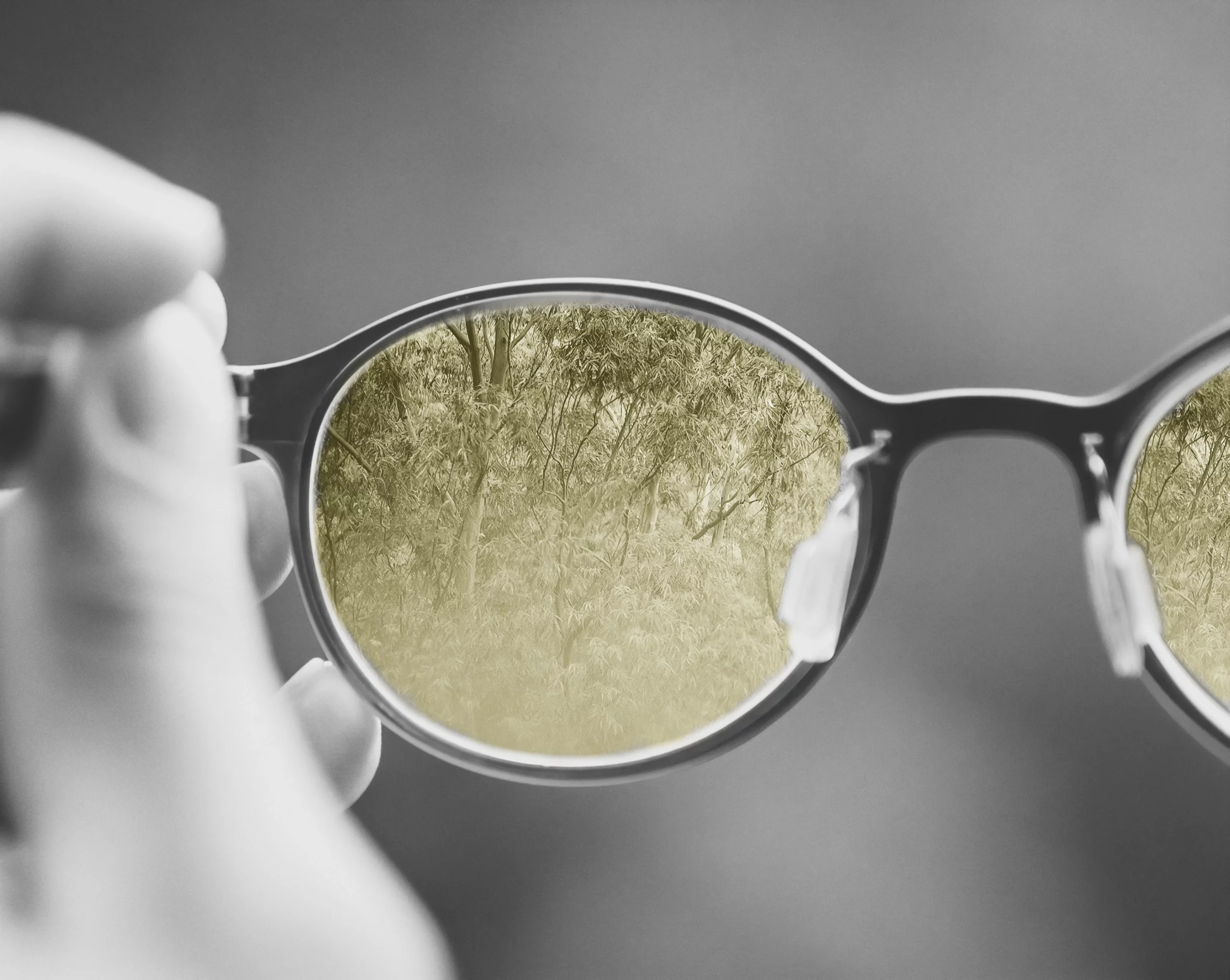When he first conceived of Momento, founder Genday Okrain set out to build an experience that would allow users to look back on memories since-passed. The result was a mobile app that could transform photos, live photos, and videos into shareable GIFs.
Category: Articles
Fritz AI Models Included in Lens Studio 3.4 Asset Library
ArticlesWhen Snapchat’s Lens Studio released SnapML as a core part of their 3rd major platform update (3.0) back in June of 2020, our antennae immediately raised at the introduction of a new mobile platform for machine learning models.
We seized the opportunity, got to work, and less than a year later, a collection of our machine learning models have been baked into Lens Studio 3.4, the latest release of Snapchat’s flagship design tool. That’s right—Lens Creators can now directly access ML models designed and built specifically for Lens Studio by our team of experts!
Continue reading “Fritz AI Models Included in Lens Studio 3.4 Asset Library”
Hands-on with Hugging Face’s new tokenizers library
ArticlesWhat a year for natural language processing! We’ve seen great improvement in terms of accuracy and learning speed, and more importantly, large networks are now more accessible thanks to Hugging Face and their wonderful Transformers library, which provides a high-level API to work with BERT, GPT, and many more language model variants.
Continue reading “Hands-on with Hugging Face’s new tokenizers library”
New to data science? Here are a few places to start
ArticlesSomeone once told me than any time you answer a question more than once, you should just blog about it. To anyone just starting out in data science, here’s how I began my journey: like everyone else, I Googled it.
If you do, you’ll be presented with millions of resources, and I guarantee you won’t know where to start. The amount of available information is overwhelming.
Continue reading “New to data science? Here are a few places to start”
Profiling TensorFlow Lite models for Android
ArticlesIf you’ve tried deploying your trained deep learning models on Android, you must have heard about TensorFlow Lite, the lite version of TensorFlow built for mobile deployment.
As a quick overview, it supports most of the basic operators; in simple terms, you can use it to do classification, object detection, semantic segmentation, and most of the text synthesis operations.
Continue reading “Profiling TensorFlow Lite models for Android”
TensorFlow Lite Text Classification Models with Model Maker
ArticlesIn this article, let’s look at how you can use TensorFlow Model Maker to create a custom text classification model. Currently, the TF Lite model maker supports image classification, question answering, and text classification models. It uses transfer learning for shortening the amount of time required to build TF Lite models.
Continue reading “TensorFlow Lite Text Classification Models with Model Maker”
Community Spotlight: Eye-D
ArticlesComputer vision continues to be one of the fastest-growing fields in machine learning. Both web and mobile developers are harnessing the power of cameras as sensors and the hardware behind them to create unique and impactful user experiences.
How to Make a Space Wormhole in Lens Studio Using the Material Editor
ArticlesMaterials can seem intimidating to get the hang of — so many interconnected nodes, math operations, and procedural textures. I know it seemed like magic to me when I first started, but beneath this complexity are some very simple principles, and understanding these will enable you to create your own relatively complex materials in a short space of time.
Continue reading “How to Make a Space Wormhole in Lens Studio Using the Material Editor”
Easy Topic Classifier on iOS with Apple’s Natural Language Framework
ArticlesI’ve been working on a personal project recently, in which I need to know the main topic of a user’s generated text. So I made a tag system, which means that the user can tag his post based on the topic.
I thought that this would suffice to classify the posts based on topics, but I was wrong.
Continue reading “Easy Topic Classifier on iOS with Apple’s Natural Language Framework”
Running TensorFlow Lite Object Detection Models in Python
ArticlesThis blog is the sixth blog in the series and a follow-up to my previous blog post on running TensorFlow Lite image classification models in Python. If you haven’t read that post, you can read it here:
This blog post assumes that you already have a trained TFLite model on hand. If you don’t or need to build one, you can take a look at the blog post that I have written here:
Continue reading Running TensorFlow Lite Object Detection Models in Python









